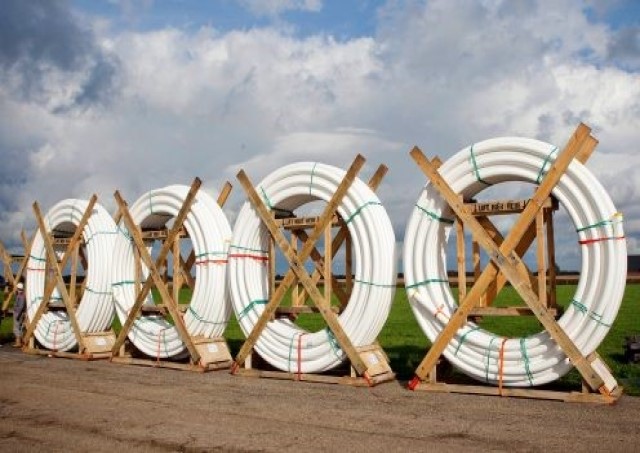-Dr. Richa Bobade
Hydrogen fuels have gained much interest since they are clean, non-toxic, and renewable, making them suitable for use as substitutes for petroleum-derived fuels in vehicular applications and in industries. To embrace this paradigm shift of usage of fossil fuels to renewables in the form of hydrogen, industries across the world are transforming technologies. Currently, green routes for Hydrogen production such as wind turbines, electrocatalytic water splitting are considered widely.
For a viable hydrogen infrastructure, it is very necessary that hydrogen needs to be transported from where it is produced to the point of end-use, such as an industrial facility, power generator, or fuelling station. Infrastructure includes the pipelines, liquefaction plants, trucks, storage facilities, compressors, and dispensers involved in the process of delivering fuel. Although delivery technology for hydrogen infrastructure is currently available commercially; however faces some key challenges such as:
- The potential for hydrogen to corrode the steel and welds used to fabricate the pipelines
- The need to control hydrogen permeation and leaks
- The need for lower cost, more reliable, and more durable hydrogen compression technology.
Pipelife’s SoluForce has revolutionized the way energy is transported with a major impact on the feasibility of green hydrogen in the form of gas. Being the global first and unique in this realm, they have developed a spoolable aramid (aromatic polyamide) fiber Reinforced Thermoplastic Piping system (RTP) KIWA certified for hydrogen applications up to 42 bar of operating pressure. A uniquely manufactured bonded aluminum layer arrests the hydrogen from seepage out of the SoluForce H2T pipes. The inside and outside layers are made of a non-corrosive HDPE (high-density polyethylene) and do not require any special treatment thus reducing installation and maintenance costs. The flexible nature of the pipes makes them an ideal option for installing anywhere even in the toughest application.
Groningen Seaports is the first project in the Netherlands where 4 km of SoluForce infrastructure is planned to be installed. It conveys green hydrogen produced in the wind farms in the North sea to chemical and industrial plants in Eemsahaven. Eertwijn van den Dool, Project Director at Groningen Seaports has specified that the company will play an active role in making the industry in north Netherlands greener and more sustainable. By collaborating with Pipelife’s Soulforce, the company has been able to develop and install a piping system that is cheaper than the alternative, steel. Thus contributing to the energy transition. Moving a step further to facilitate the acceptance of hydrogen supply in the form of gas, Pipelife also has plans to make Pipelife Gas-Stop fit for hydrogen to ensure total safety. It is an excess flow valve that shuts off gas pipe automatically in case of any damage.
A novel method for tight hydrogen transportation.
Please see the following news Source(s) and original reference(s) therein:
(Source: pipelife.com)






It was very informative and would be useful for transportation of gases.
Good Article!!
Real time challenge in hydrogen transformation is addressed. Informative article.